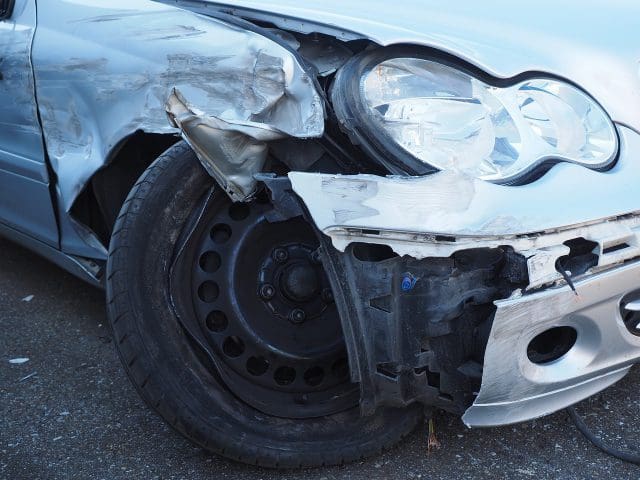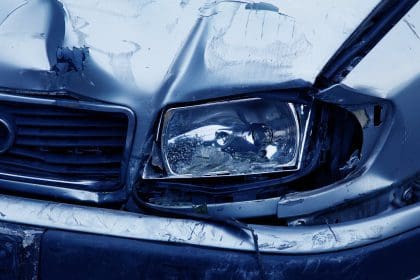Our advice to every taxi driver is to take out the best taxi insurance policy they can afford.
Whether they run a black cab and need public hire insurance, or need private hire insurance for their PHV, they should always try to take out the policy that offers them the most protection.
Whatever type of taxi work they do, the taxi insurance available falls into two categories – comprehensive and third-party.
As with private vehicles, the lowest and usually cheapest level of cover is third party insurance. This means that in the event of a crash, if the taxi driver is found to be at fault, any passengers in their vehicle will be covered for injuries and damage to or loss of belongings. It means that the taxi driver’s insurance will also have to pay for damage to any other vehicles involved, as well as other claims resulting from it. But the taxi driver will have to cover the cost of repairs to their own vehicle.
Taxi drivers can choose third party cover to try to save money and while they may be lucky and get by without having to pay out for expensive repairs, it will cost them a lot more in the long run if they are to blame for a crash and have to pay for their own damage.
Comprehensive insurance is the top level of cover and includes third-party cover, as well as the taxi driver’s vehicle even if they were at fault for a crash. While many people think that comprehensive insurance is more expensive than third-party cover, there are good deals to be found, especially going through a taxi insurance broker. And in fact, comprehensive taxi insurance policies can be cheaper than third-party cover because insurers traditionally see high-risk drivers choosing for third-party only as a way of lowering their premiums.
This top level of cover gives taxi drivers reassurance that they will not have to pay for expensive repairs to get their cabs back on the road again after a claim. Windscreen cover is particularly useful to taxi drivers because it is one of the most common repairs and has to be carried out for safety reasons.
Comprehensive cover also means taxi drivers can make a claim if they discover damage to their taxi but can’t prove whose fault it was. Incidents such as this can often happen in public car parks, bus and train stations, or when a taxi is parked in a street and unless someone witnessed it, the driver responsible is usually impossible to trace. Comprehensive cover means the driver can claim on his own policy to have the vehicle repaired and not face expensive bills at a garage.
In addition to comprehensive taxi insurance, drivers can get further peace of mind with options such as public liability insurance, which can be included as standard in some policies but can be added as an extra to others.
The more cover and options a taxi driver can take out, the better protected they are in the event of a claim, whoever is deemed to be at fault.



